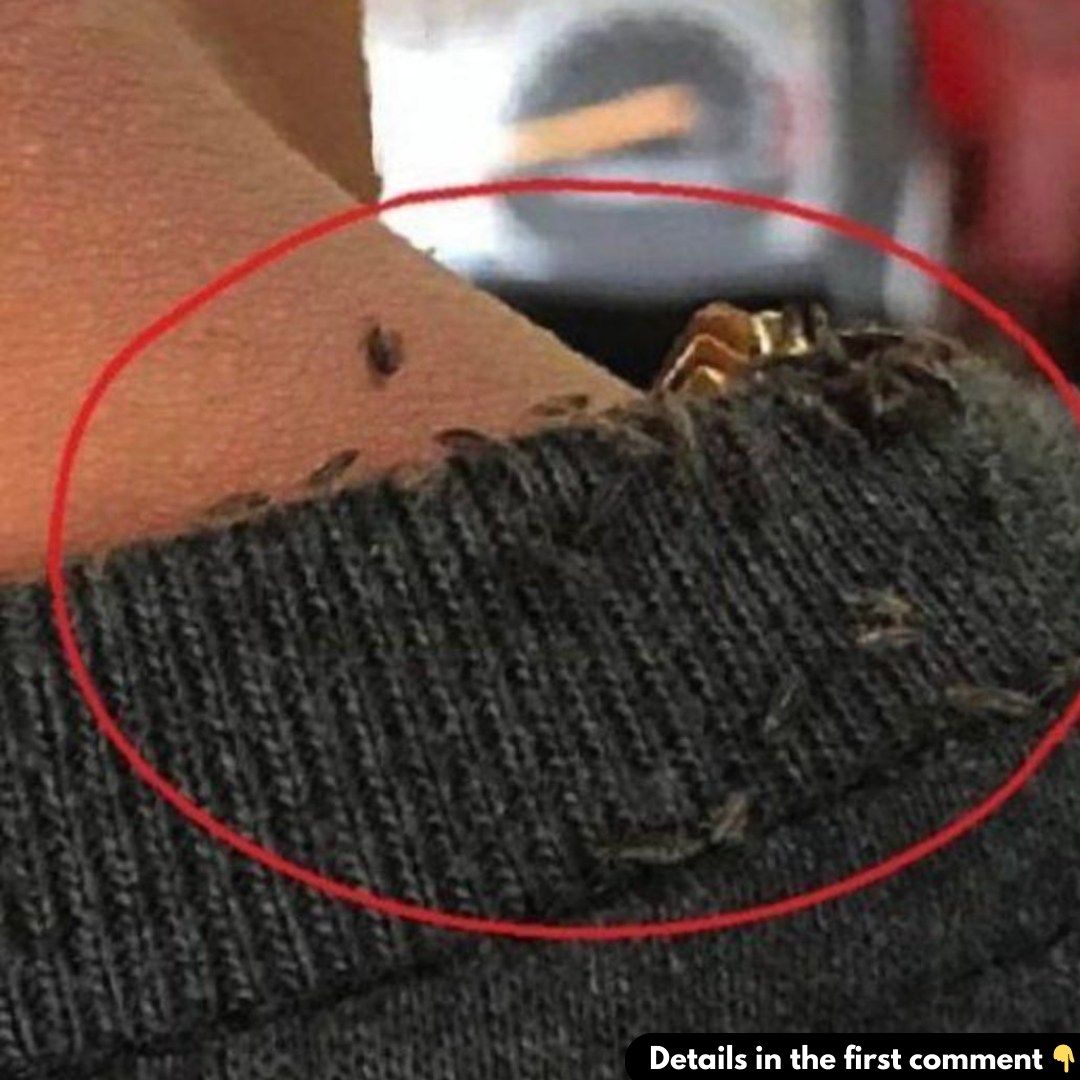In a world where shocking stories go viral daily, one recent incident has captivated thousands on social media. A tricycle driver in the Philippines found himself the subject of a now-deleted video that showcased an extreme head lice infestation. The footage, originally shared by Facebook user Primo Onipa, quickly gained attention and raised widespread concern among netizens. The incident highlighted the importance of personal hygiene, especially for individuals in public-facing roles.

Let’s delve into the details of this story, explore the health risks associated with untreated lice infestations, and learn how to effectively prevent and treat this common issue that often goes unnoticed.
The Viral Video That Left Social Media in Shock
The video rapidly circulated on social media before being taken down, showing lice visibly crawling on the tricycle driver’s neck and even onto his shirt. This was no minor case—it was a severe infestation that left viewers both horrified and concerned for the driver’s health.
The video’s uploader, Primo Onipa, intended it to serve as a wake-up call, particularly for other tricycle drivers who interact with the public daily. His message was clear: maintaining personal cleanliness is not just for your own health but also to protect others you come in contact with.
Understanding the Health Risks of Head Lice
While head lice are often dismissed as a mere inconvenience, experts warn that severe cases can have serious health implications. Dr. Jay Recasata from Faces and Curves Clinic shared insights into why untreated lice infestations can be dangerous.
- How Lice Thrive: “Lice thrive at the roots of hair,” Dr. Recasata explained. They feed on blood from the scalp, multiplying quickly and causing intense itching and discomfort.
- Potential Health Complications: When left untreated, lice can cause open sores on the scalp from constant scratching. These sores can become infected, increasing the risk of bacterial infections. Dr. Enrique Collantes from Derma Clinic further noted that in extreme cases, chronic lice infestations could lead to anemia or malnutrition due to the lice feeding on the host’s blood.
Affordable Solutions for Treating Head Lice
The good news is that treating head lice is neither complicated nor costly. According to Dr. Recasata, specialized shampoos designed to kill lice are readily available for around P500 (about $10). These shampoos are effective if used consistently and correctly, making treatment accessible for most people.
However, the challenge lies in early detection. Severe cases, like the one shown in the viral video, often result from neglect or lack of awareness about the symptoms of a lice infestation. Prompt action can prevent the problem from escalating to such an extreme level.
How Lice Spread: Understanding the Contagion
Lice are highly contagious and can spread rapidly through close contact. Whether it’s through a shared comb, hat, or even a hug, lice can transfer easily from one person to another. Here’s how lice commonly spread:
- Personal Items: Sharing combs, brushes, hats, or scarves can transfer lice from one person to another.
- Shared Spaces: Lice can temporarily survive on upholstery, bedding, and towels, increasing the chances of spreading.
- Close Contact: Activities like hugging or sitting near someone with an infestation can also lead to lice transmission.
This emphasizes the need for good hygiene practices, particularly in shared or public spaces, to prevent the spread of lice.
Prevention Tips to Keep Lice at Bay
Preventing lice infestations requires a combination of proper hygiene and proactive measures. Here are some expert-recommended tips:
- Wash Hair Regularly: Use mild shampoos and conditioners to keep your scalp clean.
- Avoid Sharing Personal Items: Never share combs, brushes, hats, or towels with others.
- Sanitize Bedding and Clothing: Wash clothes, pillowcases, and bed linens in hot water to kill any lice or eggs.
- Disinfect Combs and Brushes: Soak these items in hot water for at least 10 minutes after each use.
- Vacuum Your Home Regularly: Lice can survive briefly on furniture and carpets, so vacuuming frequently is essential.
These measures are particularly important for individuals in high-contact professions, such as drivers, teachers, and healthcare workers, who are more susceptible to catching lice.
A Broader Message on Hygiene and Public Health
The story of the tricycle driver goes beyond just head lice—it underscores the significance of maintaining personal hygiene for everyone’s health and safety. For those working in public-facing roles, like tricycle drivers, taxi operators, or even teachers, hygiene is not just a personal responsibility but also a public health concern.
By promoting self-care and raising awareness about potential health risks, we can prevent incidents like this from occurring. Regularly checking for lice, especially among children and those in high-contact professions, can help detect infestations early and stop them from spreading.
Netizens’ Mixed Reactions: Empathy and Calls for Awareness
The video sparked varied reactions on social media. While some expressed shock and disgust, others showed empathy towards the tricycle driver. Many highlighted the need for better awareness and access to affordable healthcare, especially for those in low-income jobs who may not have the resources for regular health checkups.
This incident serves as a reminder that we must prioritize health education and ensure that preventive measures are accessible to everyone, regardless of their economic status. The goal is to reduce stigma and promote understanding, encouraging people to seek help when needed.
Conclusion: Prioritizing Hygiene to Prevent Health Complications
The story of the tricycle driver with an extreme lice infestation is more than just another viral video—it’s a powerful reminder of the importance of hygiene and timely medical intervention. While head lice might seem like a minor issue, ignoring it can lead to severe health complications, including infections and anemia.
By understanding how lice spread and taking proactive steps to prevent infestations, we can avoid extreme cases like the one that recently went viral. This story should inspire us all to stay vigilant, prioritize personal hygiene, and take swift action if signs of an infestation appear—because even small issues, when neglected, can lead to big problems.
Have you ever had to deal with head lice? What was your experience like, and how did you overcome it? Share your thoughts and tips in the comments below!





